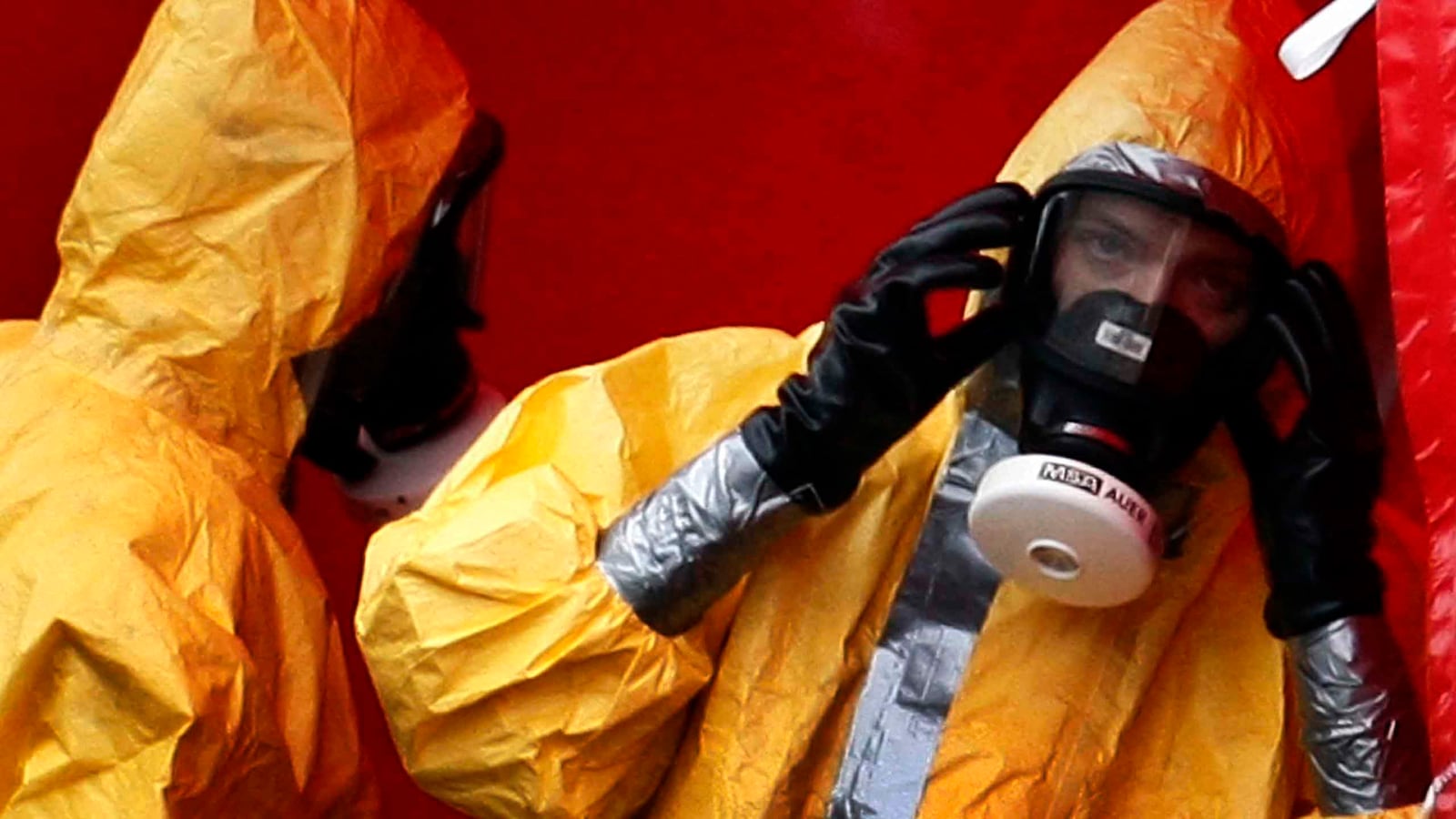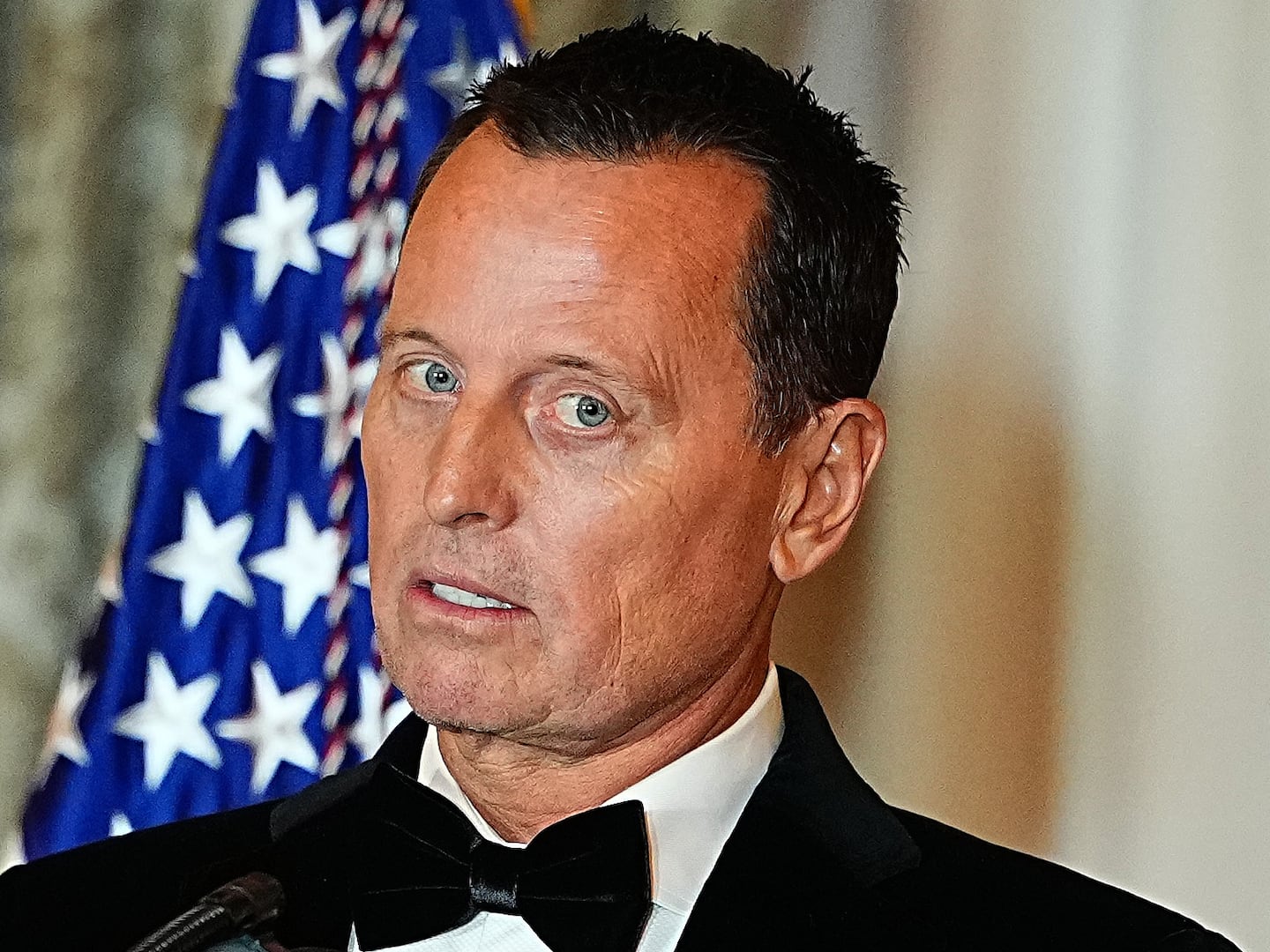In 2011, scientists studying the H5N1 virus—the avian flu, or the bird flu—intentionally made variants of the illness that could transmit between ferrets, who often serve as human substitutes in flu studies.
That’s huge, even a few years later. The strain of influenza can, as its name suggests, infect birds, particularly poultry like chickens and ducks. Researchers are still not quite sure how it moves from avians to humans, but the fact that it does, and that the disease can evolve into something more powerful, meant that researchers were extremely interested in jumping in for a closer look.
That the experiments showed a bird flu strain could be artificially selected to transmit between ferrets—and other experiments like it—launched a serious debate about researching deadly, violent viruses, and whether studying these variants actually posed a threat for humans. By October 2014, the Obama administration halted federal funding for such research. A statement from the White House Office of Science and Technology Policy suggested an oversight framework that would allow them to resume, but the turnover from the Obama administration to the Trump administration meant the status of this type of research was in flux.
Earlier this week, however, the Department of Health and Human Services and the National Institutes of Health released a six-page guideline for studying viruses like the bird flu, including a code of ensuring ethical justifiability, safety precautions, and that the pathogen in question could be reasonably expected to affect humans (PDF). The hope is to ensure safety while encouraging continued scientific progress—a goal that seems almost yawn-worthy at first glance for how bland it is.
The scientific community has been rife with debate on whether they should continue research into killer viruses, though. One initiative, Scientists for Science, argued limiting research was the scientific equivalent of censorship, and that not researching these viruses could lead to a dangerous outbreak to “[ensure] public health is not compromised.” (Researchers did not return calls to The Daily Beast for comment.)
But a contingent of scientists believe the research could be dangerous and extremely reckless. One prominent group was the Cambridge Working Group, which advocated curtailing experiments that could potentially result in an accidental pandemic." A counter group formed soon afterwards, Scientists for Science, which argued limiting research was the scientific equivalent of censorship, and that not researching these viruses could lead to a dangerous outbreak to “[ensure] public health is not compromised.” (Scientists for Science researchers did not return calls to The Daily Beast for comment.)
“An accidental infection in such a setting could trigger outbreaks that would be difficult or impossible to control,” the Cambridge Working Group said in a piece, published in 2014. “Historically, new strains of influenza, once they establish transmission in the human population, have infected a quarter or more of the world’s population within two years.”
Marc Lipsitch, a professor of epidemiology specializing in immunology and infectious diseases, was one of the founding members of the group. He told The Daily Beast it was a mistake to think of the group as one that was opposed to scientific research overall. “There’s lots of research on bird flu all the time, that hasn’t stopped,” he said, saying the particular experiment that launched the NIH ban involved taking a highly virulent form of bird flu not currently transmitted between humans, adapting the strain in the laboratory using ferrets.
Instead, Lipsitch said the concern is more on an accidental infection that could morph into a killer flu. “A flu in a contagious, deadly form is dangerous,” Lipsitch said simply. “These viruses hadn’t been assessed for their level of risk and the way we assess biosafety in normal laboratory experiments is to think about risks to those in and around the lab.” Another worry? The ability for these viruses to be turned into bioweapons, with some scientists siding with a straightforward redaction of techniques and others arguing that’s not enough.
To Lipsitch and other members of the Cambridge Working Group, those risks are nearly impossible to assess with newer viruses like the bird flu whose ability to evolve and infect others within a population remain unknown. And given the flu heavily affects very young children and the elderly already, a flu that is lethal and unknown in its future evolution could wield significant, deadly force.
But why was the ban just lifted now? Lipsitch thinks that the gutting of the Office of Science and Technology Policy meant that the ban entered a sort of flux state when the president took office: Was the ban still in place or was it not?
Lipsitch said he doesn’t know why it took about a year to make a firm decision about the ban, but a lot of it has to do with the sense of confusion that ensued about who made what rules and whether or not funding could be used as scientists wanted. “I think it was essentially a decision to end the uncertainty,” Lipsitch said. “It's ultimately the decision of funders and regulators to figure out the value of such experiments, and it remains to be seen whether this new framework has the teeth to limit people's abilities on dangerous experiments.”
The original experiment, led by a Dutch researcher named Ron Fouchier, faced legal battles of its own in the Netherlands, with a court case asking the research team to request an export license prior to publication of their papers, leading to a loss for Fouchier. The Netherlands’ argument was strikingly similar to that of the Cambridge Working Group’s: that research into deadly forms of the flu could lead to, at best, an accidental infection, and at worst, the development of biological weapons. Fouchier, who has led efforts to study these pathogens worldwide, did not return calls for comment to The Daily Beast.
Lipsitch thinks there are safer ways to address questions that don’t involve tinkering with extremely infectious forms of viruses. “There’s been a few years of debate on this, but this approach is dangerous,” he said.
Note: This article has been edited. We apologize for factual errors.






